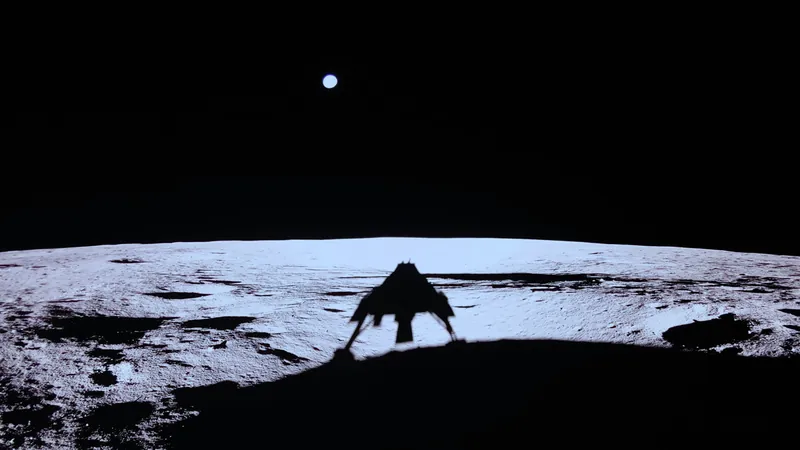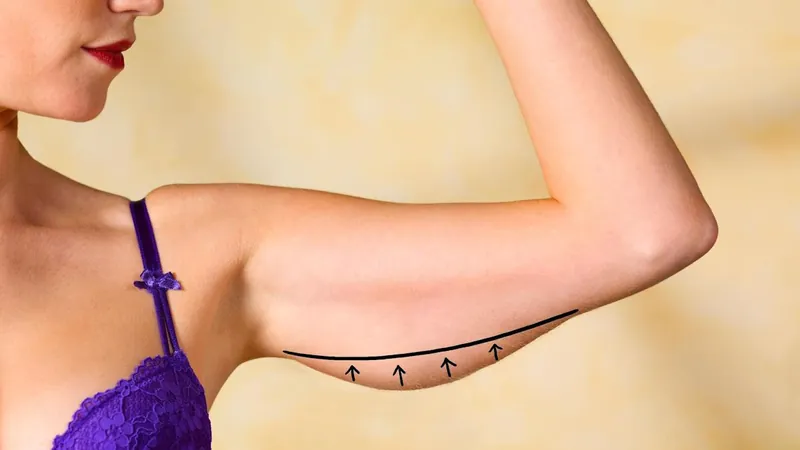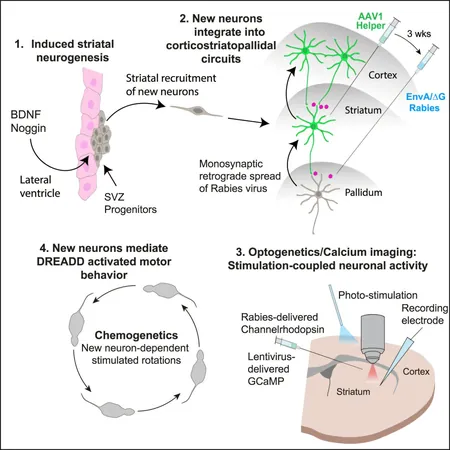
NASA’s Revolutionary Electric Dust Shield Triumphs in Lunar Trial!
2025-04-03
Author: Amelia
NASA’s Revolutionary Electric Dust Shield Triumphs in Lunar Trial!
In a groundbreaking enhancement to lunar exploration, NASA has successfully trialed its innovative Electrodynamic Dust Shield (EDS) on the moon's surface, achieving a significant milestone in its quest to establish a sustainable human presence on the lunar surface.
Launched aboard Firefly Aerospace's Blue Ghost, which proudly holds the title of the first privately funded lunar lander to achieve a successful touchdown, the EDS showcased its remarkable capabilities. After the Blue Ghost made its historic landing on March 2, the EDS operated effectively in removing the notorious lunar dust, or regolith, from various surfaces using advanced electrodynamic forces. The successful trial wrapped up on March 16.
NASA's ambitions for lunar exploration are particularly evident through its Artemis program, which aims to create a permanent human presence on the moon within the next decade. However, abrasive lunar regolith poses serious risks to both hardware and human health. NASA cited that the successful operation of the EDS represents a vital advance in addressing dust-related hazards that threaten essential systems including thermal radiators, solar panels, camera lenses, and even astronauts' spacesuits.
"This milestone marks a significant step toward sustaining long-term lunar and interplanetary operations," NASA stated, highlighting the expansive implications of this technology for future space missions. The EDS was developed from the Electrostatic Curtain concept, which originated from the imagination of F.B. Tatum and his NASA colleagues back in 1967.
Harnessing electrodes and electric fields, the EDS effectively cleans dust from the surfaces of spacecraft. Designed and tested at the Kennedy Space Center in Florida, it was funded through NASA's Game Changing Development Program, indicating strong support for pioneering technologies that enable deeper space exploration.
Prior to its lunar test, the EDS underwent rigorous testing in vacuum chambers using lunar dust samples collected during NASA's Apollo missions. Its first foray into space occurred on the International Space Station as part of the Materials International Space Station Experiment (MISSE)-11 mission in 2019, proving its potential long before its lunar application.
Looking ahead, NASA officials are optimistic about the EDS technology, emphasizing that it is paving the way for future dust mitigation strategies that will support not only the Artemis campaign but future missions to Mars and beyond.
This achievement marks a turning point not just for NASA but for the entire landscape of lunar exploration, enhancing our abilities to face the challenges of extraterrestrial environments. Is humanity ready for the next giant leap toward the stars? The answer may lie in the successful deployment of innovative technologies like the EDS!









 Brasil (PT)
Brasil (PT)
 Canada (EN)
Canada (EN)
 Chile (ES)
Chile (ES)
 Česko (CS)
Česko (CS)
 대한민국 (KO)
대한민국 (KO)
 España (ES)
España (ES)
 France (FR)
France (FR)
 Hong Kong (EN)
Hong Kong (EN)
 Italia (IT)
Italia (IT)
 日本 (JA)
日本 (JA)
 Magyarország (HU)
Magyarország (HU)
 Norge (NO)
Norge (NO)
 Polska (PL)
Polska (PL)
 Schweiz (DE)
Schweiz (DE)
 Singapore (EN)
Singapore (EN)
 Sverige (SV)
Sverige (SV)
 Suomi (FI)
Suomi (FI)
 Türkiye (TR)
Türkiye (TR)
 الإمارات العربية المتحدة (AR)
الإمارات العربية المتحدة (AR)